The mortgage industry can be complicated, and oftentimes homebuyers need to learn different acronyms and jargon when shopping for a home loan. PITI is one of those real estate acronyms. PITI represents the total cost of owning a home and is the sum of four different line items: the loan principal, interest, taxes, and insurance.
Before you set your sights on a home, it’s important to know if you can afford the complete costs. Knowing what PITI stands for and how it impacts your monthly mortgage payments can help with making informed decisions and comparing the actual costs of different properties. In this Redfin Real Estate article, you’ll learn about each component of PITI, how it relates to your mortgage payments, how it affects loan approval, and more.
In this article:
What does PITI stand for?
What is PITI? The four components:
Principal
Interest
Taxes
Insurance
How do I calculate PITI?
How does PITI relate to the 28% rule?
How does PITI impact loan approval?
Don’t overlook other housing costs
The bottom line on PITI: make sure you know all of the costs

What does PITI stand for?
PITI is a real estate term that stands for the loan principal, interest amount, taxes, and insurance on your home – the four major elements that make up mortgage payments.
- Principal is the net amount you will be borrowing.
- Interest is the cost of borrowing.
- Taxes are the property taxes paid on your home.
- Insurance is the cost of homeowner’s insurance, PMI, or other protections.
Homebuyers often underestimate the true cost of homeownership by failing to take into account property taxes and homeowners insurance. It’s crucial that you budget for all the components of your mortgage payment before purchasing a home.
What is PITI in real estate? The four components
Now that we know what PITI stands for, let’s break down each of the four components and analyze the individual elements that make up your monthly mortgage payment.
Principal
The principal is the loan amount on your mortgage before any interest is calculated. This is the base amount of your home purchase price minus any down payment you make.
For example, if you buy a home for $450,000 with a 20% down payment ($90,000), your mortgage principal amount will be $360,000.
Over your mortgage term, you pay substantially more than the original $360,000 to the lender in the form of loan interest. The principal is the base amount used for loan calculations to determine if they will extend a loan to you.
Interest
Your mortgage interest rate is what you pay the lender as part of your monthly mortgage payment to borrow the funds to purchase your home. The mortgage lender calculates interest as a percentage of your outstanding principal.
For example, if your principal loan is for $360,000 and your lender charges you an interest rate of 6%, this means that you will pay $21,600 (6% of $360,000) in interest for the first year of your mortgage.
When you first start making mortgage payments, most of your monthly payment goes toward interest instead of the principal. This split shifts over time, and eventually, the amount you pay toward interest decreases, and more is paid toward the principal. As the principal amount of your loan decreases, you start to earn equity in your home. Equity is the portion of your home that you own outright. Your interest decreases as well, as you only pay interest on the principal amount you have not paid off.
Taxes
When you own your house, you pay taxes on the property to your local government to maintain roads, emergency services, police, firefighters, schools, and more. Buyers often overlook property taxes when estimating homeownership costs, but it is important to consider this recurring annual cost when you’re searching for your new home. Property taxes vary by location and are the most expensive tax homeowners pay. Taxes may be higher in a newer neighborhood or an area coveted by many homeowners. They are often less if you live just outside coveted neighborhoods and in rural areas.
The amount of property tax you pay is determined by the local property tax rate and the value of your home. A general guideline to estimate property taxes is to allocate approximately $1 for every $1,000 of your home’s value, paid on a monthly basis. For example, if your home is worth $450,000, you can expect to pay around $450 per month in property taxes or $5,400 per year.
As part of the home purchase process, most states require that you get an unbiased, official appraisal to estimate your taxes accurately. Your lender usually orders the home appraisal and includes the cost in their list of closing costs. After you close on your home purchase, keep in mind that your local government will regularly reassess properties every few years for tax purposes, which could lead to a change in your tax bill.
Insurance
The “insurance” component of PITI refers to homeowner’s insurance and, when it’s required, private mortgage insurance (PMI). Let’s discuss each of these concepts in more detail.
Private mortgage insurance (PMI):
Your PMI rates depend on how much of a down payment you made and your credit score. If you’re putting down less than 20% on a conventional loan, you’re required to pay for private mortgage insurance (PMI), which protects the lender if you default on your mortgage payments.
Once you build at least 20% equity in your home — and your loan-to-value (LTV) ratio is 80% or less — you can get rid of PMI. For FHA loans, a similar mortgage insurance premium has to be paid throughout the life of the loan on any FHA-backed mortgage loan.
Homeowners insurance:
Most mortgage lenders require a homebuyer to purchase and maintain homeowners insurance over the entire loan term. Homeowners insurance covers you and the lender if something catastrophic happens to the home, and you need to rebuild or move. Most homeowners insurance policies cover your home in the event of a break-in, fire, or storm damage.
Most insurance companies require you to buy additional coverage for damage from earthquakes or flooding. You can also purchase insurance riders to cover items of significant value, such as an expensive musical instrument, art, or jewelry. If you buy a condominium, you’ll also pay a homeowners association fee. Your lender may consider your HOA fee your insurance as the HOA carries its own insurance that covers the building, and thus you may not need another policy.

How do I calculate PITI?
Before you start your search for a house, it’s a good idea to calculate PITI to determine your price range and help you find a mortgage option that will fit your budget. The exercise will make you a more rational home buyer and keep you from falling in love with a house outside your price range.
The simplest way to calculate PITI is by using an online monthly mortgage calculator. Redfin’s mortgage calculator includes the principal and interest, taxes, insurance, HOA, and PMI. You can also add in your location for more accurate estimates.
How does PITI relate to the 28% Rule?
Your PITI gives you a rough idea of what purchase price range you can afford. One way to identify a purchase price within manageable limits is to use the housing expense ratio. Home finance experts typically recommend that your housing costs should be equal to or below 28% of your monthly household budget. If your PITI is more than 28% of your monthly budget, your lender may require you to pay for additional mortgage insurance.
In our example, you can estimate your housing expense ratio by dividing your PITI by your total monthly income. If your household income is $10,000 a month, your PITI will make up about 28% of your monthly budget, well within recommended guidelines. ($2,800/$10,000 = 28%.)
Keep in mind that PITI may account for just some of your monthly expenses when owning a home. Depending on where you live and how you are paying for your home, there may be additional costs to consider. Additionally, the components that make up PITI are broadly defined here; there is often more complexity that goes into each part of PITI.
How does PITI impact loan approval?
During the home-buying process, it can be easy to trick yourself into thinking you can afford a more expensive home if you only look at your mortgage’s principal and interest cost without considering the total PITI with taxes and insurance.
For instance, let’s take a 30-year mortgage on a $450,000 property, assuming a property tax rate of 1.25% ($5,625 per year) and an annual homeowners insurance premium of $3,600. In this scenario, your monthly financial commitment would go beyond just the principal and interest amount, as you would need to allocate an additional $581 to cover taxes and insurance. Understanding and accounting for these factors will provide you with a comprehensive understanding of the actual costs involved in homeownership.
Here is a breakdown of the example discussed above.
| Principal and InterestPITI | ||
| Interest rate | 7% | 7% |
| 20% down payment | $90,000 | $90,000 |
| Property taxes | N/A | $450 |
| Homeowners insurance | N/A | $131 |
| Private mortgage insurance | N/A | N/A |
| Monthly payment | $1,800 | $2,381 |
How does DTI factor in?
The principal balance will factor into your debt-to-income (DTI) ratio. Your DTI ratio gives lenders an idea of how capable you are of managing money and the likelihood that you will consistently make your monthly payments.
To determine your DTI, the lender uses your total minimum monthly debt obligation and divides it by your gross monthly income to arrive at a percentage. This calculation also includes payments on credit card accounts, auto loans, student loans, and other recurring debt payments. Lenders consider you a higher risk if your DTI ratio exceeds 43%, some lenders will allow a DTI as high as 50%.
Don’t overlook other housing costs
PITI is just one fundamental real estate concept to understand before applying for a mortgage. As you consider how much house you can afford, you’ll also need to plan for additional costs typically associated with homeownership. These include HOA or condo fees, which can range from $100 to $1,000 per month, with an average of $200 to $300.
Additionally, budgeting for repairs and maintenance is crucial, with a general guideline of saving 1% to 5% of your home’s value annually. For a newer $450,000 home, this would mean setting aside $4,500 to $22,500 per year.
Utility bills for electricity, water, gas, sewer, cable, trash, and internet should also be factored in, and contacting the utility company or asking the seller or neighbors can help estimate these costs.
The bottom line on PITI in real estate: make sure you know all of the costs
Buying a home is very exciting, but before signing your mortgage contract, know what payment amount you can afford based on PITI and other monthly costs. The more you understand the home buying and mortgage process and the total cost of homeownership, the easier it will be to finalize your purchase decision. Your home purchase represents an important milestone in your life – avoid confusion and uncertainty by gaining a solid understanding of PITI and the cost of homeownership.


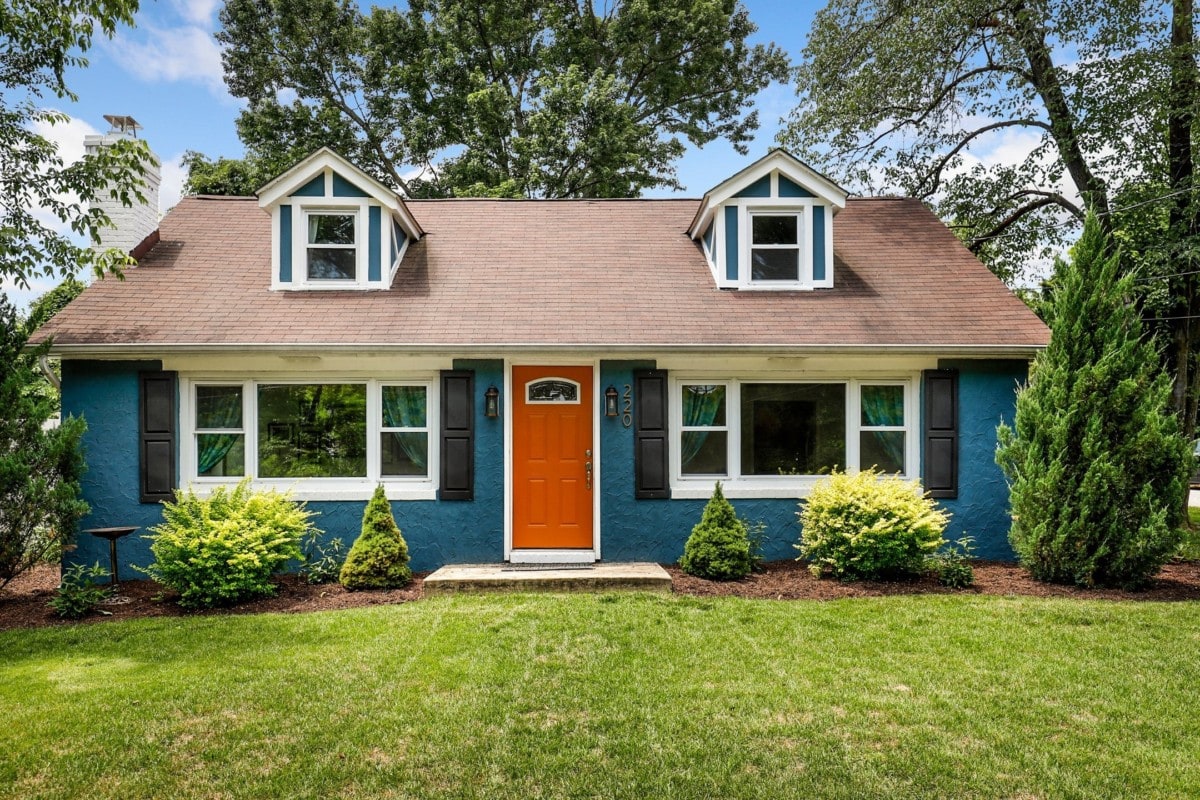


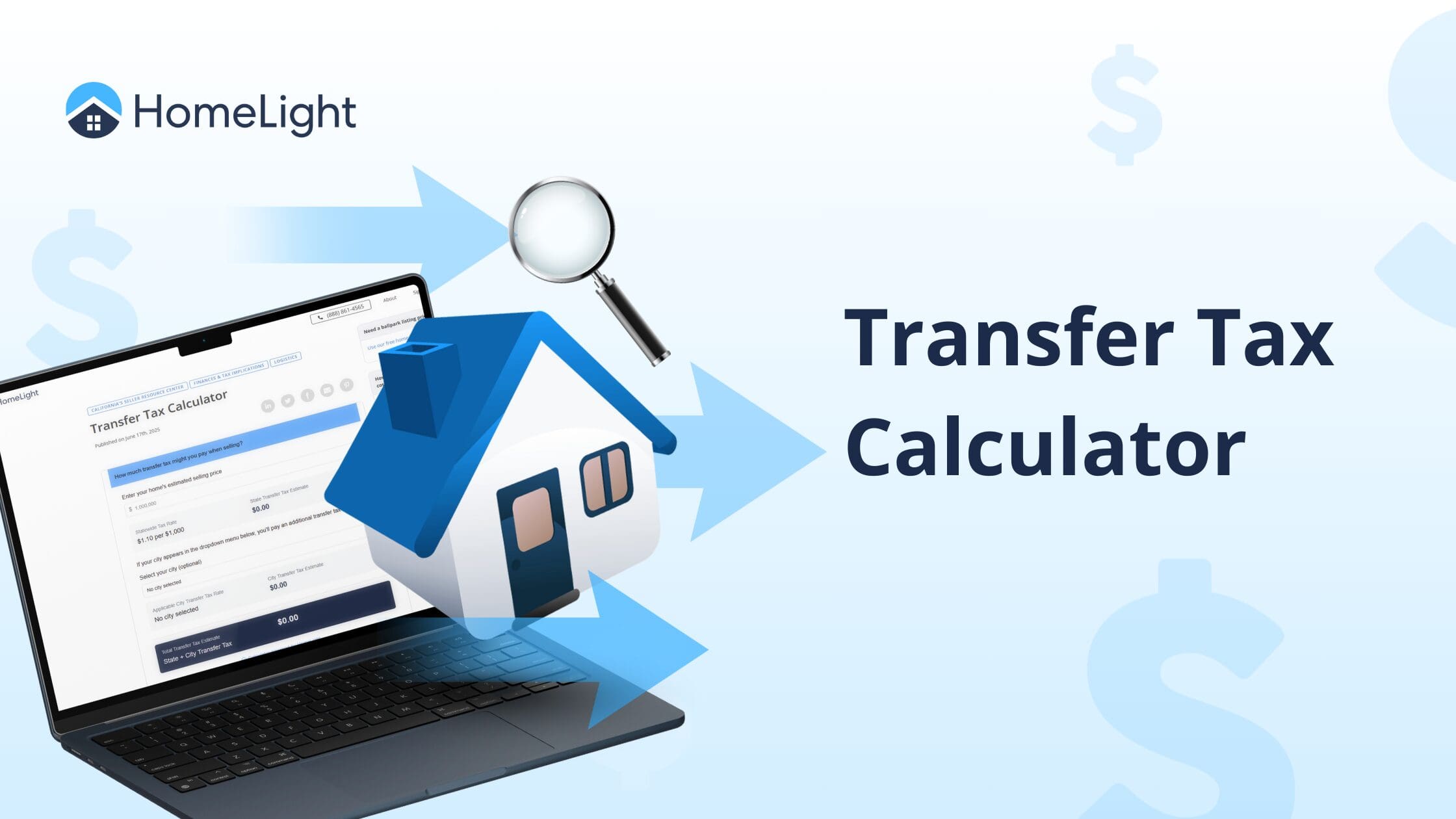

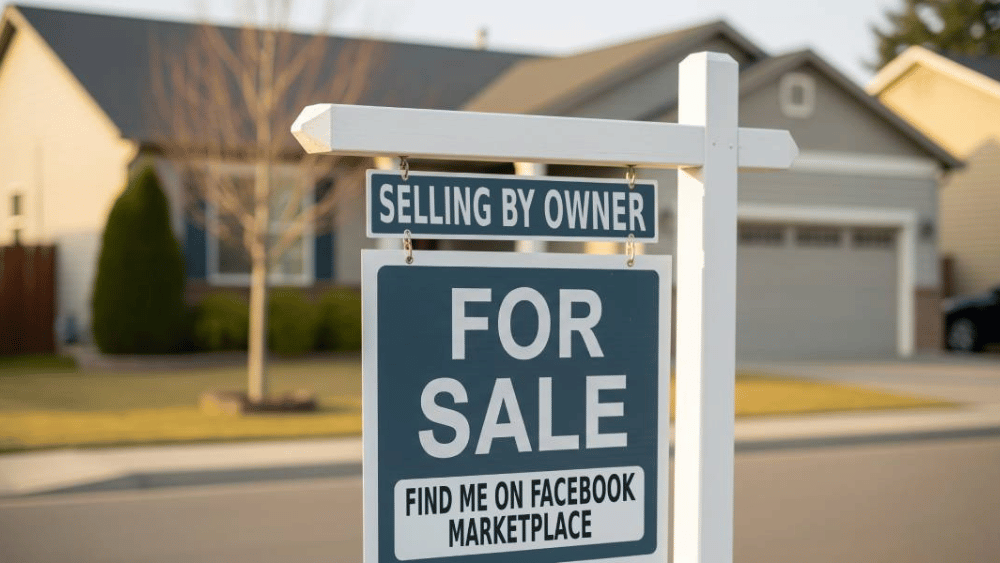




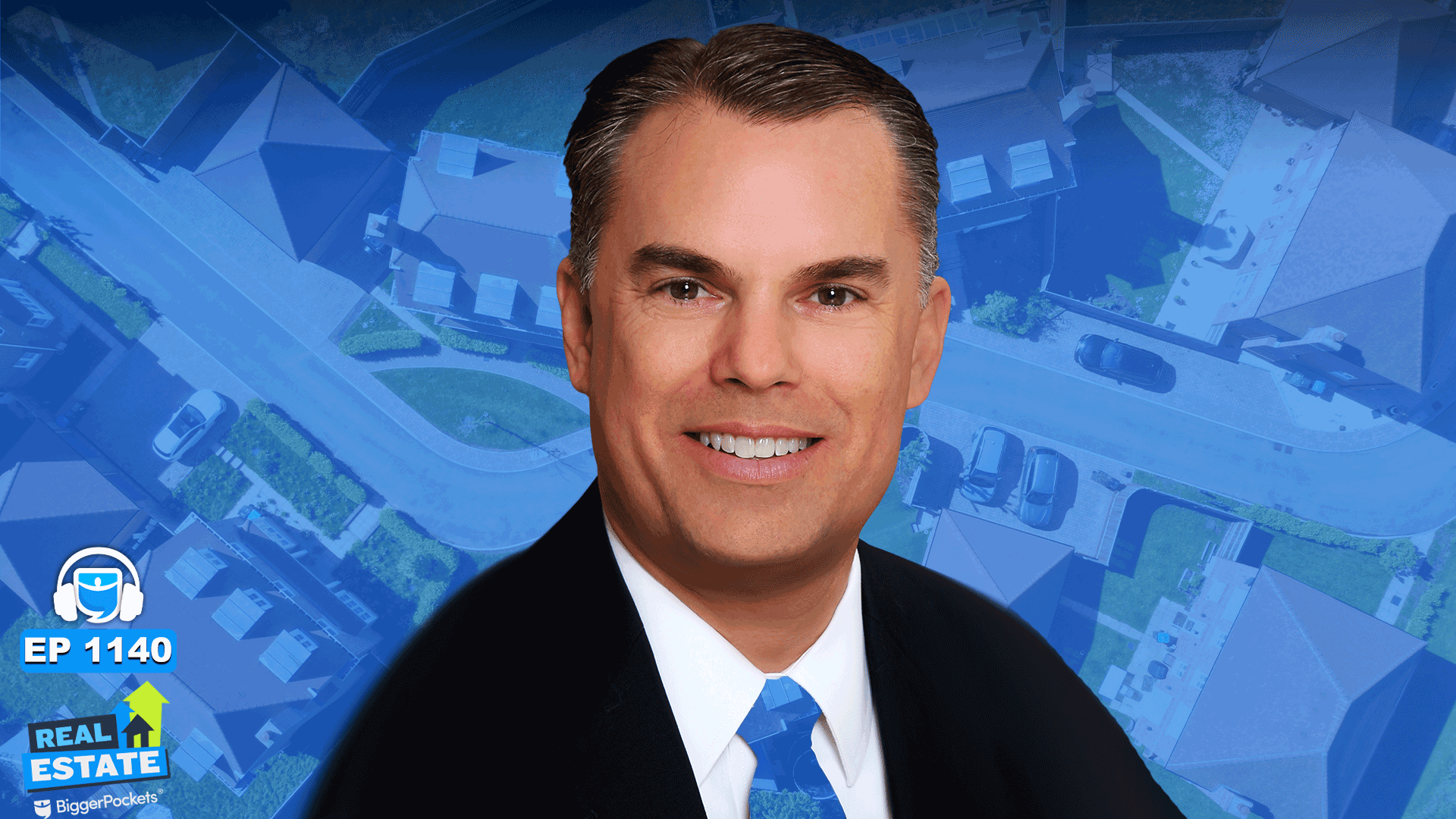

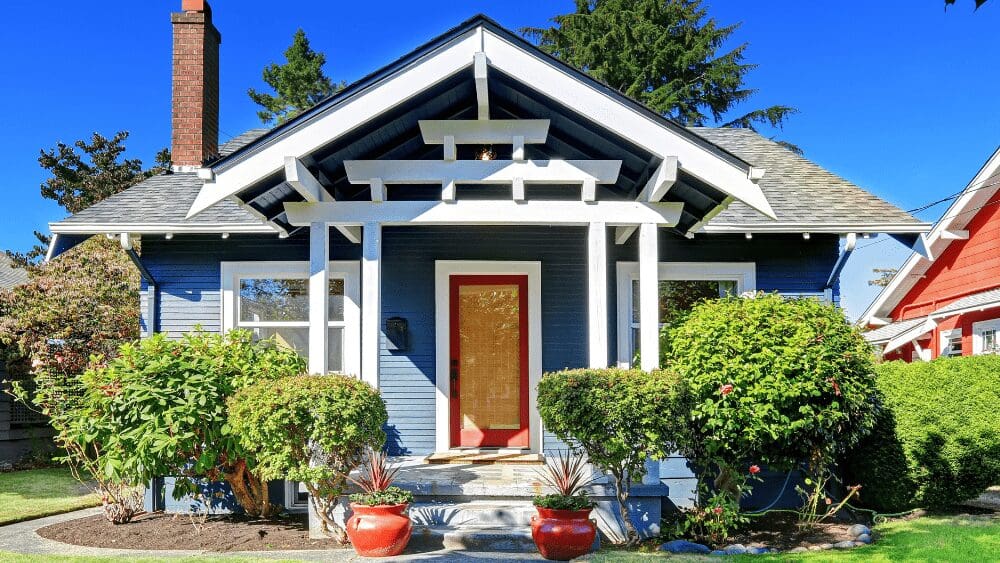


 English (US) ·
English (US) ·